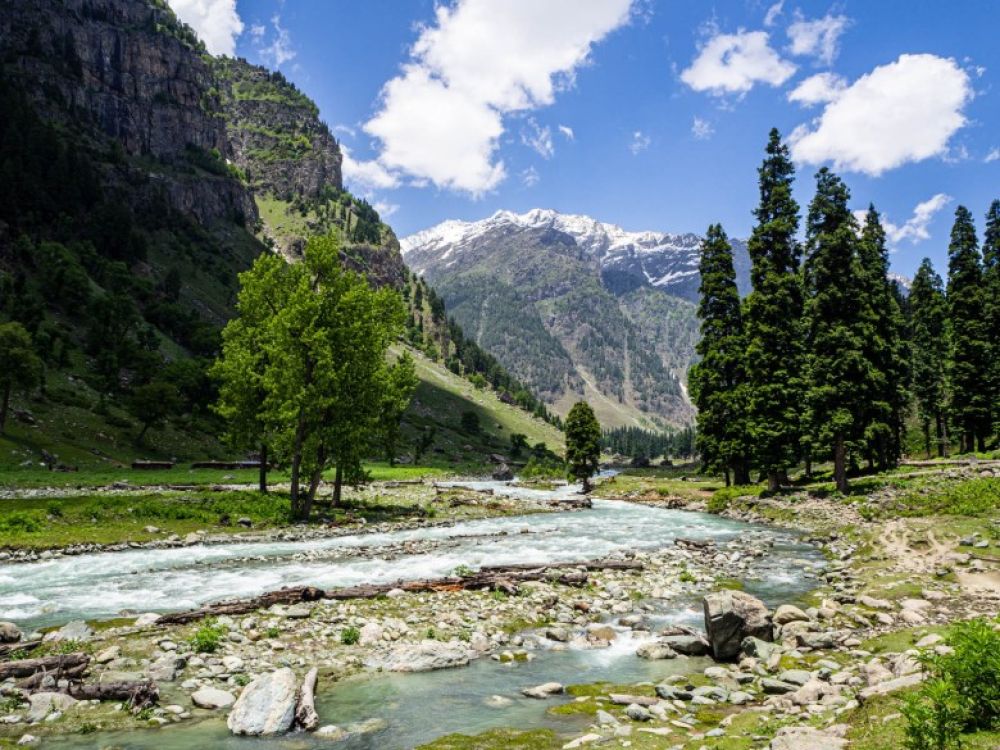

Aru Valley, a quaint village located in the Pahalgam area of Kashmir, India, has a rich history intertwined with the growth of tourism in the region. This stunning location, known for its scenic beauty and tranquil atmosphere, has been a favored destination for both domestic and international tourists.
The history of tourism in Aru Valley can be traced back to the early 20th century when Kashmir became an escape for British colonialists during the summer months. The valley's cool climate and picturesque landscapes were a perfect retreat from the scorching heat of the Indian plains.
Post-Independence Developments
After India's independence in 1947, Kashmir, including regions like Aru Valley, began attracting tourists from across the country. Pahalgam, which serves as the base for Aru Valley, gradually developed into a popular tourist town. Infrastructure improvements during the 1960s and 1970s, such as better roads and increased accommodation options, made Aru Valley more accessible and comfortable for visitors.
By the late 20th century, Aru Valley started gaining traction among adventure enthusiasts. Its untouched and rugged terrains became sought-after for activities like trekking, horse riding, and fishing. The valley also serves as a starting point for treks to Kolahoi Glacier and Tarsar-Marsar Lake, enhancing its appeal among trekkers.
The tourism industry in Kashmir has faced challenges due to the political tensions in the region. There have been periods of decline, particularly during the 1990s, when tourism was severely affected by militant insurgency and subsequent military operations. However, the natural allure of places like Aru Valley continued to attract intrepid travelers despite these issues.
In recent years, there has been an increased focus on sustainable tourism and ecotourism practices in Aru Valley. Efforts are made to preserve the unique ecosystem and culture of the valley while promoting tourism that benefits the local population. This approach aims to minimize environmental impact while allowing visitors to experience the valley's pristine beauty authentically.
Digital Nomadism
A recent trend in the region is the rise of digital nomadism. With improved internet connectivity, visitors come to Aru Valley not just for short stays but for extended periods, working remotely surrounded by nature.
Homestays and Local Experiences
The inclination towards homestays and immersive local experiences is also prominent. Tourists are seeking authentic interactions and cultural exchanges with the native population, giving them deeper insights into the traditional Kashmiri way of life.
Wellness Tourism
Another notable trend is wellness tourism, where travelers focus on their health and well-being during their stay, taking advantage of the serene environment of Aru Valley for yoga and meditation retreats.
As Aru Valley continues to navigate the delicate balance between development and preservation, its tourism history stands as a testament to its enduring appeal. The valley remains a gem within the crown of Kashmir's tourist destinations, inviting both the adventure seeker and the peace lover to its tranquil and mesmerizing landscapes.